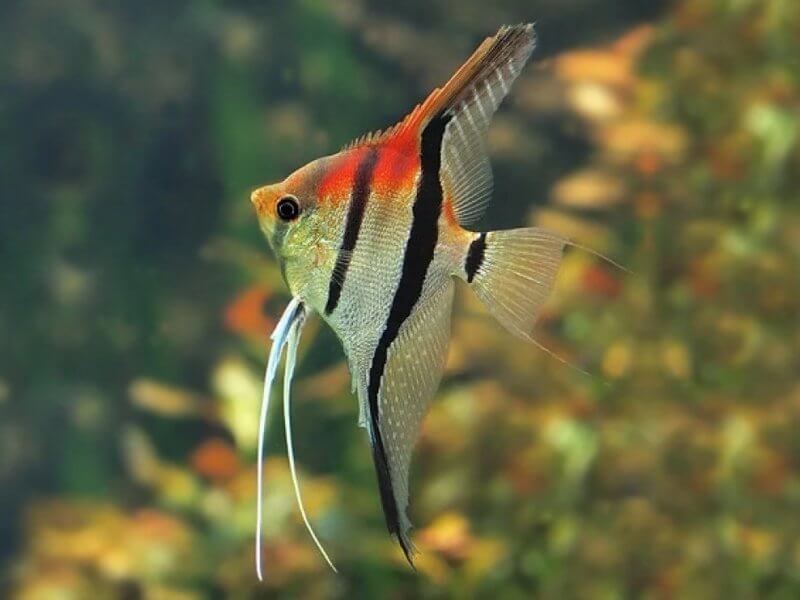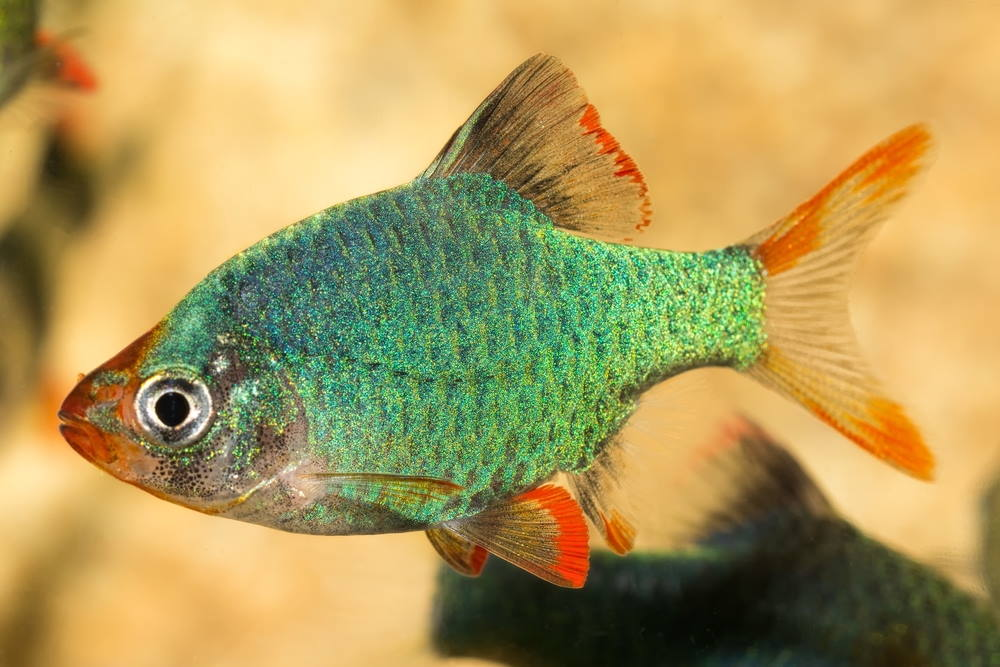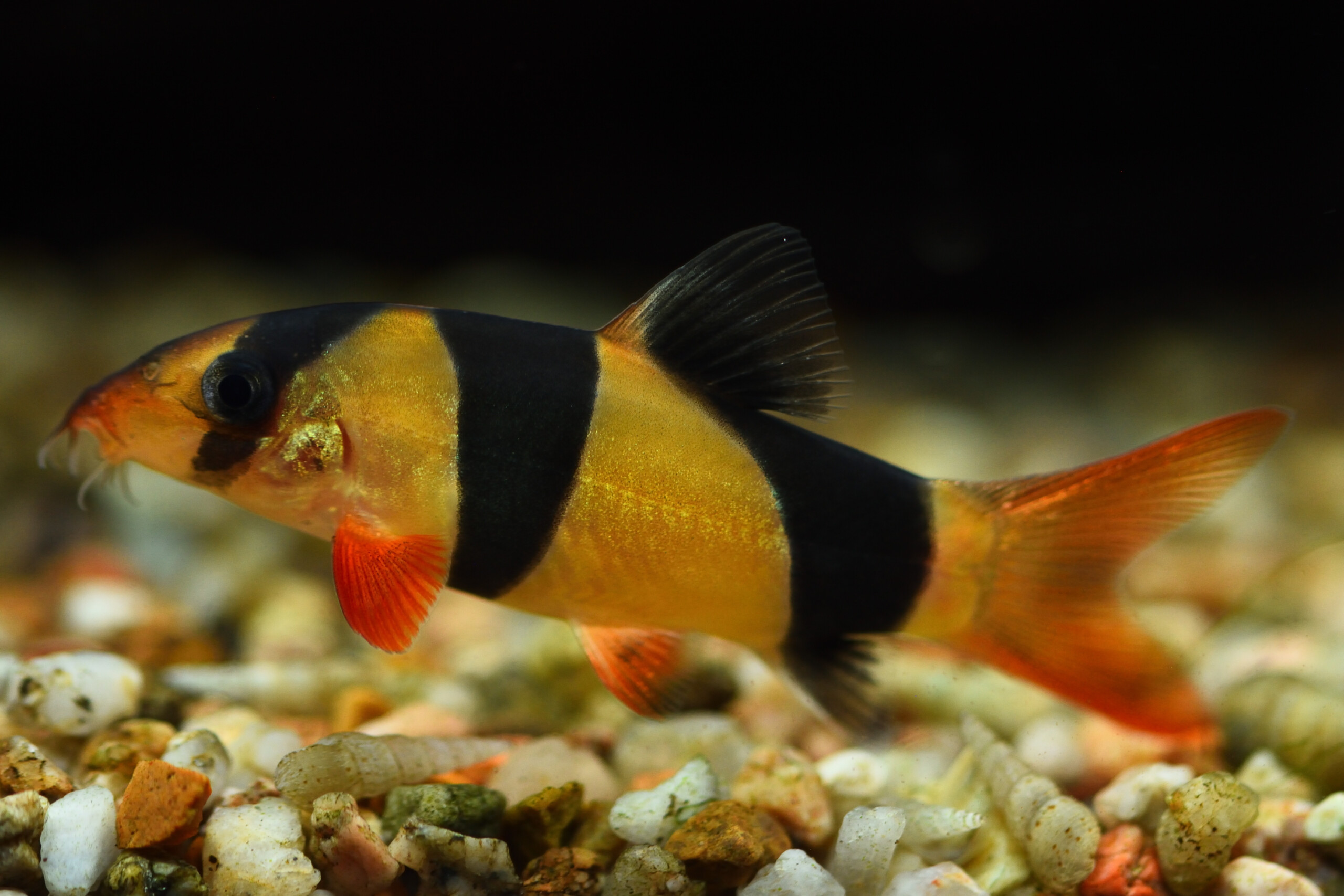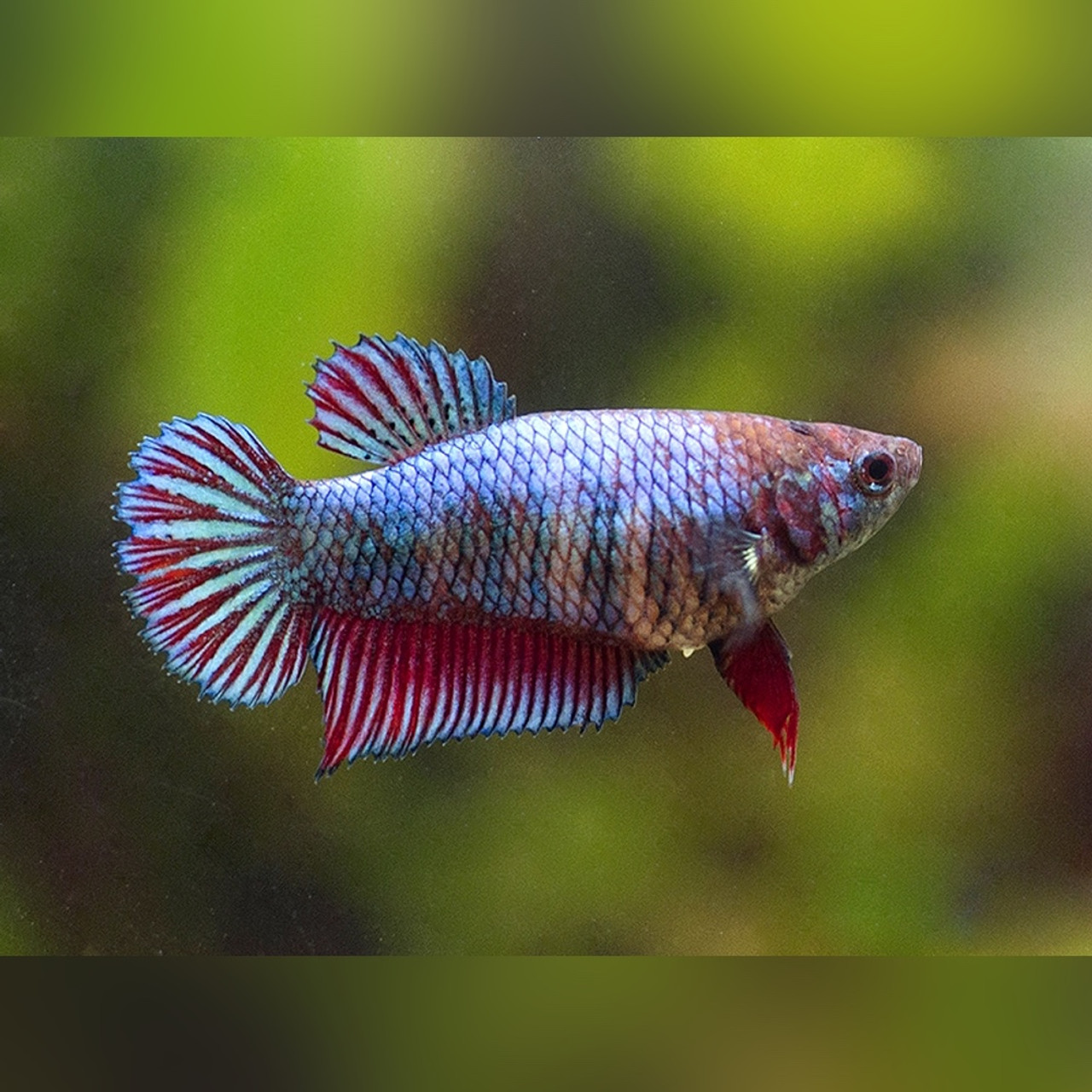Serpae tetras are popular flame-colored fish that move in bright red schools through your aquarium. They’re quite popular in a community aquarium because of their beauty and ease of care, though they can become mildly aggressive when kept with slow-moving species. Add a school of six or more serpae tetras to your aquarium, along with plants, rocks, and caves to keep them interested, and enjoy watching as they explore.
Serpae tetras originate in the Amazon basin, inhabiting the Guaporé and Paraguay River basins in Argentina, Brazil, and upper Paraguay. Most specimens currently sold in the aquarium trade are captive bred rather than wild-caught; the species is not endangered. In the wild, this species prefers still and slow-moving backwaters, such as lakes, ponds, and streams. They often congregate around tree roots and thick vegetation, where they can find both safety and food.
This fish is part of a group of similar looking tetra species known as the blood tetras, referring to their red coloration. Considerable confusion and debate have continued over species within this group, as they have strong similarities. Serpae tetras are very similar to, but not identical with, Hyphessobrycon swegles, also called the red phantom tetra.
Colors and Markings
The deep red color of the serpae tetra adds to its popularity. The body of the serpae is flat and tall. A black comma-shaped spot is present just behind the gills. The dorsal fin, edged with white, is predominantly black, and all other fins are red. The anal fin is edged in black with a splash of white at the leading tip. These colors fade as the fish ages, particularly the spot behind the gills. Females are plumper and less brilliantly colored than the males. In captivity, a long-finned variety has been produced.
Tankmates
The serpae tetra is generally considered a peaceful fish and should always be kept in schools of a half dozen or more. However, in smaller groups, they have been known to nip fins, an aggression that is most often directed at its own kind, especially during feeding times, or toward slower swimming tankmates.
Ideal tankmates include other active fish of similar or larger size, such as barbs, danios, and larger tetras. Bottom-dwelling catfish and loaches are also suitable tankmates. Avoid keeping this species with fish that have long, flowing fins or that are slow-moving, such as angelfish or bettas. Also, avoid keeping them with smaller species of fish as they may get harassed. Serpae tetras are most likely to show aggression at feeding time; place food at several locations in the aquarium or use multiple feeding rings to help reduce nipping at feeding time.
Serpae Tetra Habitat and Care
The serpae tetra is most at home in an Amazon River style of habitat. In nature, this fish is accustomed to quiet waters with roots and organic debris. Using peat or blackwater extract helps mimic this type of soft, acid water.
A dark-colored substrate is best, with somewhat subdued lighting. Leave an open swimming space in the middle of the tank, with driftwood, plants, and décor around the edges to provide hiding places. Keep the water movement slow within the tank. Though serpae tetras are easy to care for, they are not recommended for a newly set-up aquarium, as they are sensitive to changes in water parameters.
Serpae Tetra Diet and Feeding
In their natural environment, serpae tetras eat small live foods such as insects, invertebrates, and worms. In the aquarium, they will accept virtually any food quite readily, including flake, pellet, freeze-dried, and frozen foods. To keep them in prime condition and bring out their colors, feed a good variety of food types, including live foods, when available.






Reviews
There are no reviews yet.